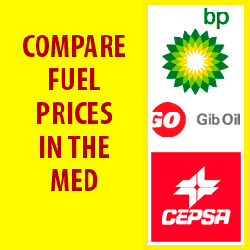When we first read about BMT Nigel Gee’s, titled ‘Project L3’, we admit we had to do a bit of Googling to get our head around a couple of scary-looking acronyms.
First, they call it a SWATH catamaran, which we discovered means Small Waterplane Area Twin Hull. Hmm, we were none the wiser too. Researching a little deeper we discovered that a SWATH is similar to a normal catamaran, but different in that the bulk of the hull, the ‘twin’ bit, is submerged.
This makes the vessel far less susceptible to the influence of the waves and maximises stability.
Second, it runs on a hybrid CODAG system, meaning Combined Diesel and Gas, which is thankfully rather more self-explanatory. The main advantage of CODAG is that you can cruise on the diesel engines and, when you need to ramp up the speed, switch on the gas turbines for extra oomph.
This is why CODAG is the preferred propulsion system for warships.
So, now we’ve mastered the acronyms, let’s look into Project L3. A concept from Southampton-based design consultancy BMT Nigel Gee, Project L3 was debuted at the 2014 Monaco Yacht Show which ran from 24 to 27 September.
Weighing in at a massive 85 metres LOA (278 foot), the catamaran design allows for huge interior volumes, akin to a bricks and mortar home, as well as the deck space you’d expect from a 100 metre-plus monohull – including some cunning features such as a central focal-point pool courtyard on the main accommodation deck.
Up on the sundeck is an open-air fire pit (sounds a bit dangerous to us, but then we are of a nervous disposition) surrounded on all sides by neat lines of sunloungers, the perfect spot from which to view the giant drop-down open-air cinema screen.
There’s also bar stools, dining areas and a couple of plunge pools, so we’re all set for a great evening’s entertainment on the top deck.
Thanks to the very generous beam, there’s plenty of space for tender and toy storage, including an offshore racing cat and a two-man seaplane – you know, the essentials. Once deployed, there are various fold-out and extendable beach decks to facilitate smooth water access.
Going back to the clever CODAG propulsion, Project L3’s top speed is around 20 knots on conventional diesel engines and a rather rapid 40 knots when the gas turbines kick in.
James Roy, BMT’s Design Director said, “This was both a very exciting and challenging proposal to work on as the styling needed to reflect the speed of the vessel while maintaining a high volume for the interior.
Gentle flowing lines which have a sense of urgency about them have been combined with a bold colour choice to ensure that this 85m, high performance catamaran makes a statement in the harbour!
It is always refreshing to work on a design which challenges convention and to integrate technology developed in other markets, it will take a visionary client to realise the project”.
















